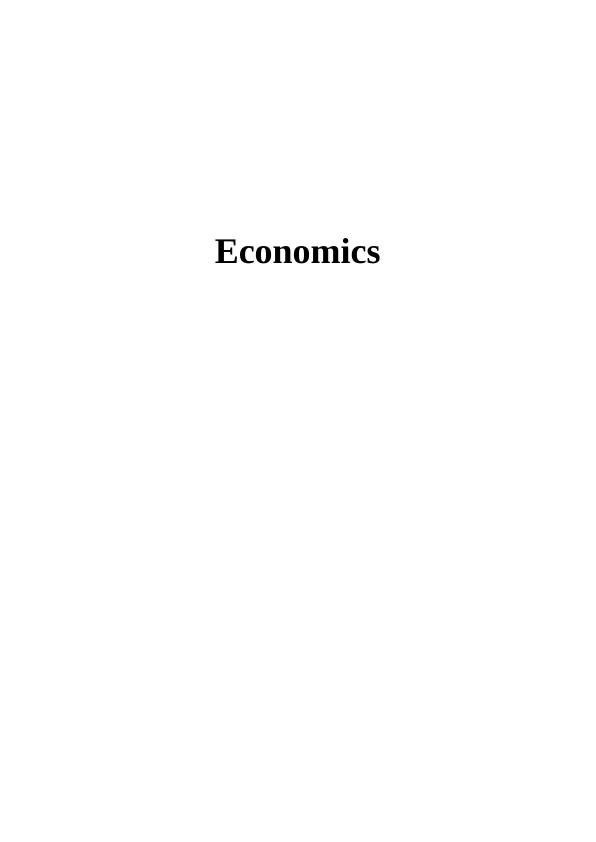Different Types of Elasticity in Economics
Added on 2023-01-11
9 Pages3129 Words59 Views
End of preview
Want to access all the pages? Upload your documents or become a member.
Understanding Price Elasticity of Demand and the Impact of Protectionist Policies on Australian Businesses
|22
|5373
|370
Study on Managerial Economics
|7
|1681
|92
(Solution) Assignment on Business Economics
|5
|746
|45
Types of Demand Elasticity in Managerial Economics
|14
|3439
|60
Price Elasticity of Demand & Monopoly Market Structure Questions
|16
|3419
|85
Elasticities in Economics and Commercial Banks' Money Creation
|11
|3369
|360



